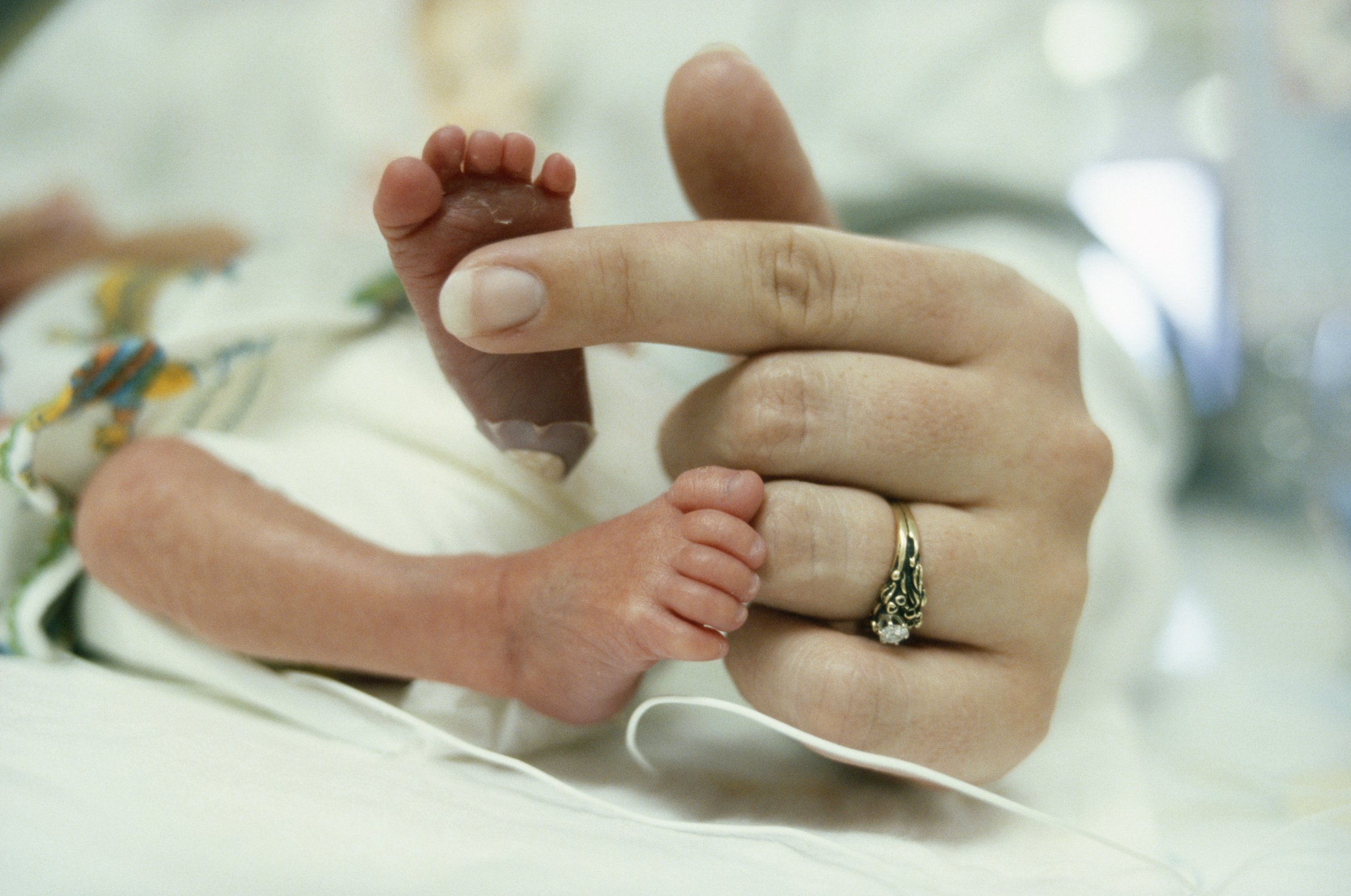
We know that microbes are everywhere, coating door handles, our cell phones, even blanketing our skin. Now researchers report that some of them may provide clues about why certain babies are born prematurely.
In the most complete look yet at how the microbes that live within us—most of them the good, non-disease-causing kind—change during pregnancy, scientists report in the Proceedings of the National Academy of Sciences that there may be a particular profile of bacteria residing in the vagina that is associated with a higher risk of preterm birth.
Dr. David Relman, professor of medicine at Stanford University and chief of infectious diseases at the VA Hospital in Palo Alto, and his colleagues obtained samples of microbes from 49 pregnant women from four different body sites — the vagina, the gut, the saliva and the tooth and gum line. The samples were collected weekly throughout their pregnancies, and then monthly for a year after they gave birth. The database allowed Relman and his team to look for any changes in the makeup of the bacteria that were present in these areas as the pregnancy progressed and then after delivery.
MORE: Your Diet May Be Causing Your Urinary Tract Infections
Overall, they found that pregnant women did not differ from women who weren’t pregnant in terms of the types of bacteria they harbored — most fell into one of five common profiles, four of which include high proportions of Lactobacillus, a helpful bacterium that produces vitamin K and breaks down the lactose in diary products. That was a bit of a surprise, given the dramatic hormonal and metabolic changes that occur with conception and gestation, says Relman. But he notes that while the members of the communities may be the same, what they do, and the factors they release (which he couldn’t analyze in this particular study) may change with pregnancy .
MORE: Here’s How Many Bacteria Spread Through One Kiss
But they did notice some bacterial similarities in the women who has a preterm birth. Women with this profile housed a more diverse array of bacterial species, including Gardnerella and Ureaplasma. While these don’t normally cause disease, they have been associated with conditions such as bacterial vaginosis, an infection of the vagina, and inflammation of the urethra in men.
Exactly why or how the presence of these species, and the relative lack of Lactobacillus, are linked to the higher rate of preterm birth isn’t clear yet. But the findings confirm other studies that have linked the presence of more some species to premature birth. Gregory Buck, director of the center for the study of biological complexity at Virginia Commonwealth University and member of the Vaginal Microbiome Consortium funded by the National Institutes of Health, notes that certain racial and ethnic groups, such as African-Americans, tend to have more diverse microbiota, and that preterm births are more common in these populations than among Caucasians. But, he notes, these are only pieces of the bigger picture of how the bacteria that live within us affect our health. “We have a lot of questions, and I don’t think the answers are all there yet but we are working on it,” he says.
Relman says that the documentation of which bacteria are present throughout pregnancy is an important step toward answering those questions. “It is important to know who is there, what their names are,” he says. “But that’s only a small part of the story. We also want to know what they are doing, with whom they are doing it, and how they are doing the things they’re doing.”
MORE: Probiotics Primer: What Science Says About Using Bacteria to Treat Disease
Ultimately, the goal is to use that information to better predict which women might be at higher risk of having a preterm birth. And if the role of microbes is strong enough, it may be possible to even intervene with antibiotics or probiotics to adjust the composition of the microbial communities. “The Holy Grail is to find some kind of intervention to predict and prevent preterm birth,” says Buck. “But there is a lot of ground to cross between now and then, so it’s hard to say exactly what that intervention might be.”
Relman may have some of the tools to answer that question: from this study, his group collected more than 100,000 samples that they hope will form the basis of future studies to better understand how the invisible residents that populate the vagina, gut and oral cavities might be influencing pregnancy and pregnancy outcomes.
More Must-Reads from TIME
- Cybersecurity Experts Are Sounding the Alarm on DOGE
- Meet the 2025 Women of the Year
- The Harsh Truth About Disability Inclusion
- Why Do More Young Adults Have Cancer?
- Colman Domingo Leads With Radical Love
- How to Get Better at Doing Things Alone
- Michelle Zauner Stares Down the Darkness
Contact us at letters@time.com